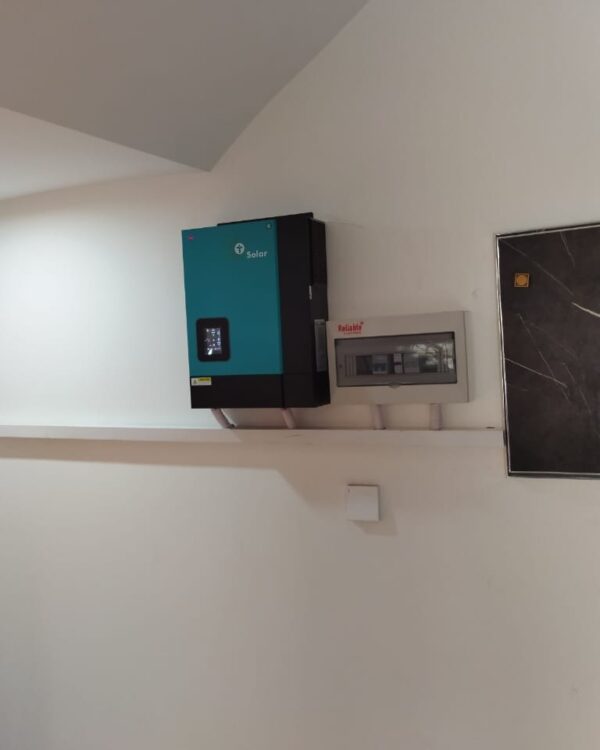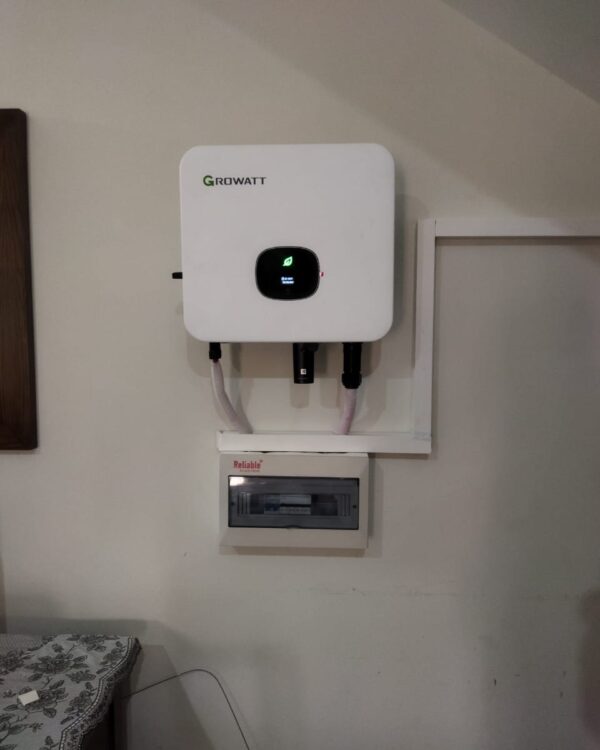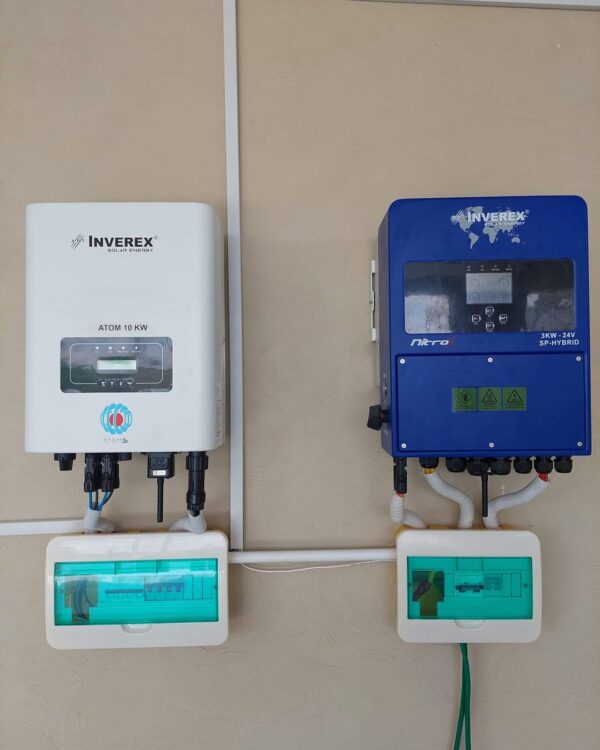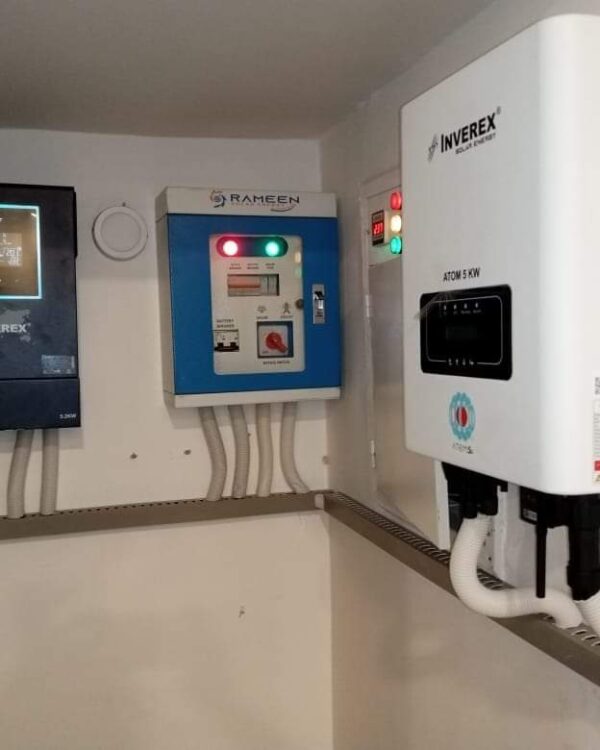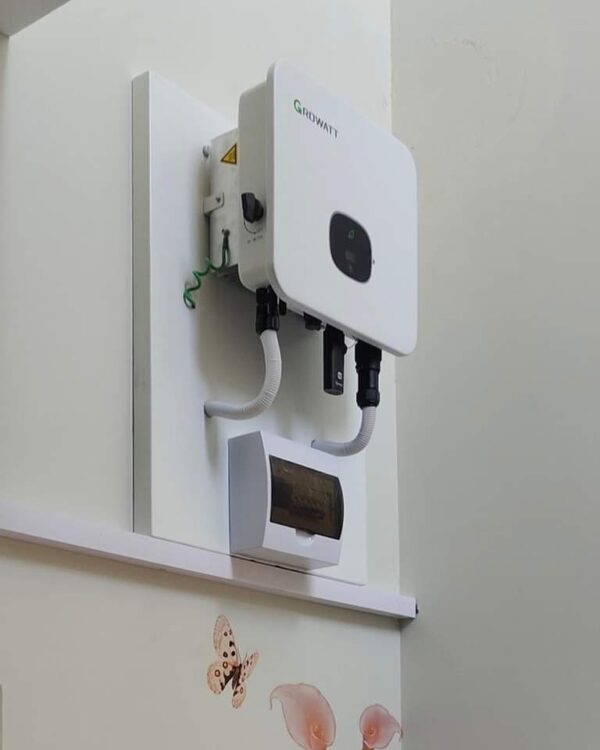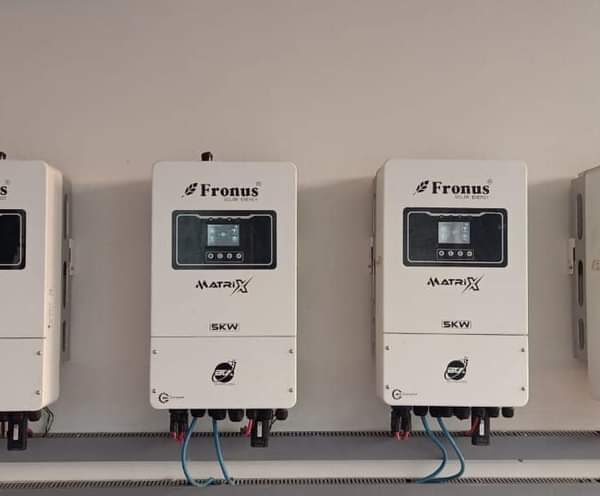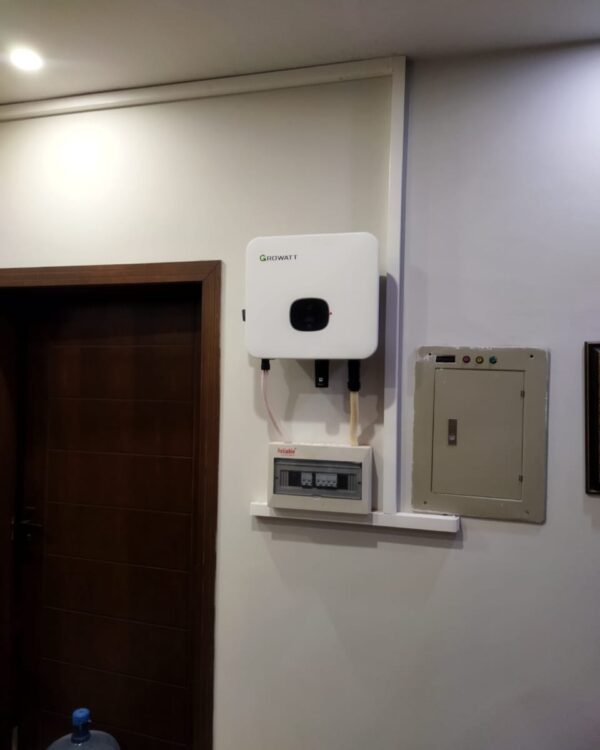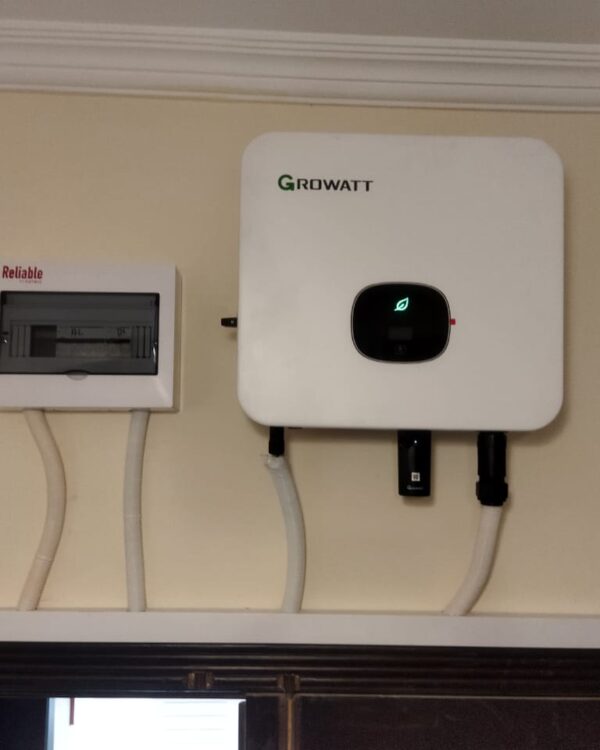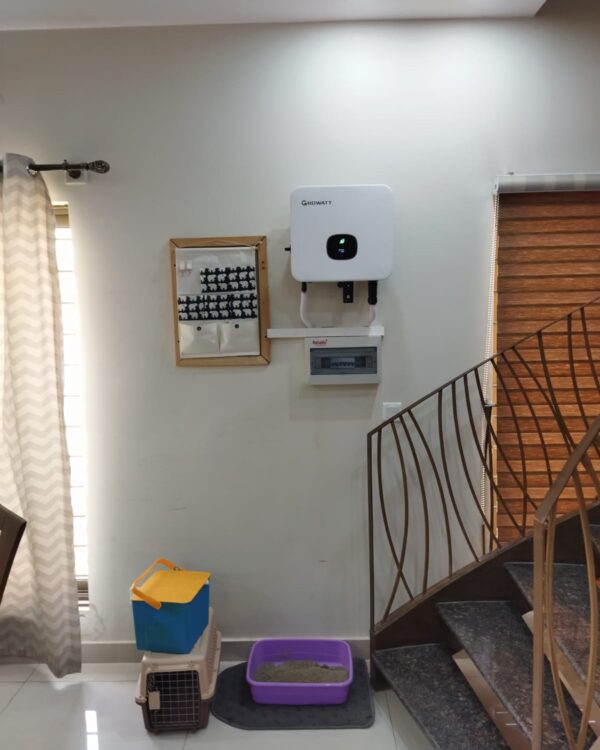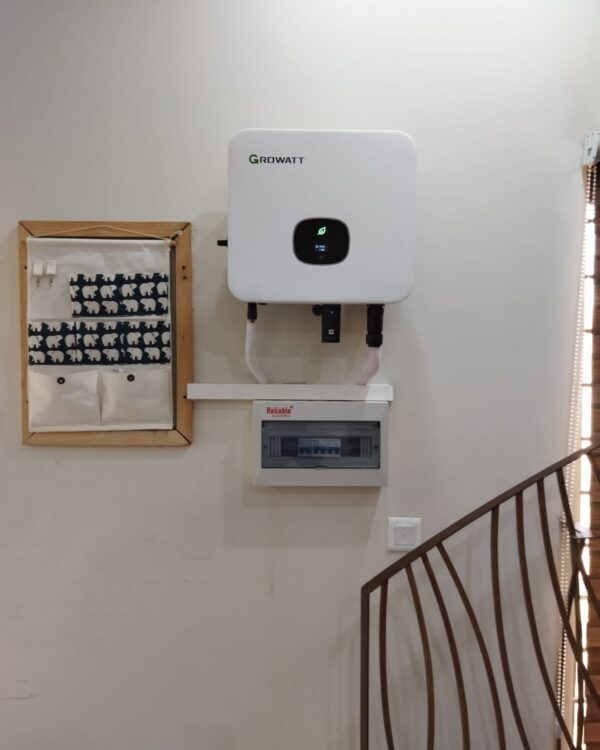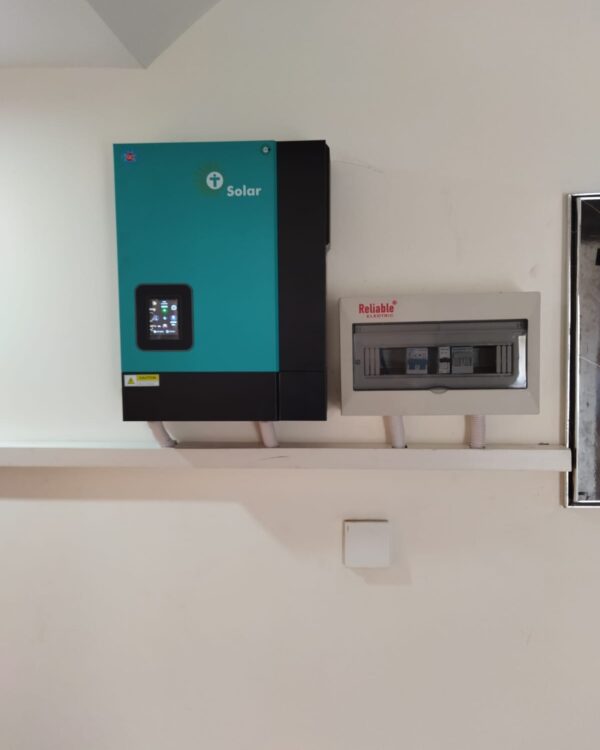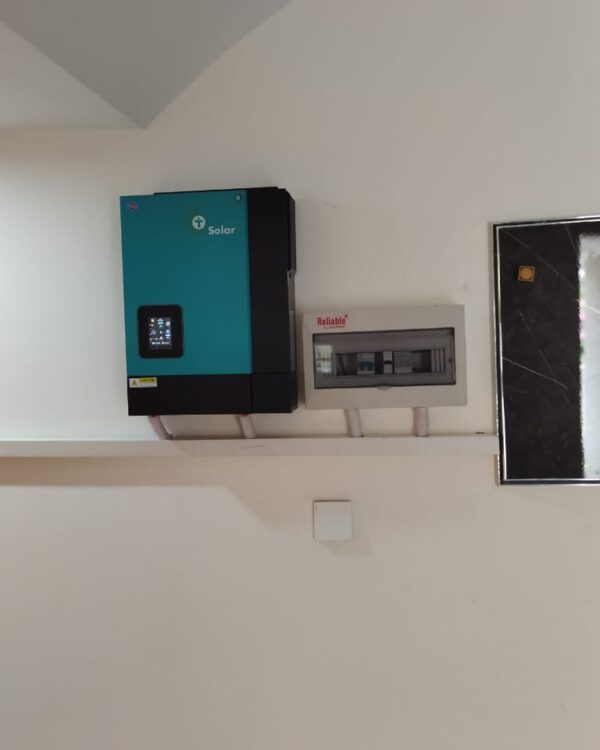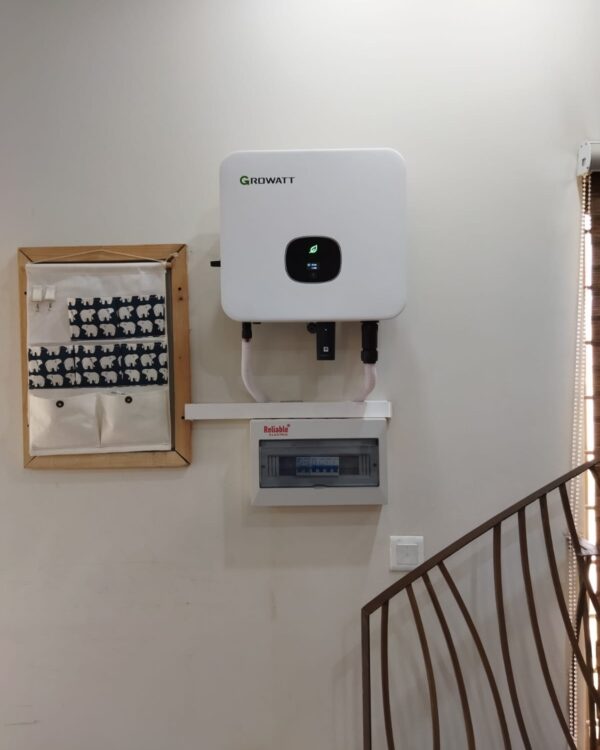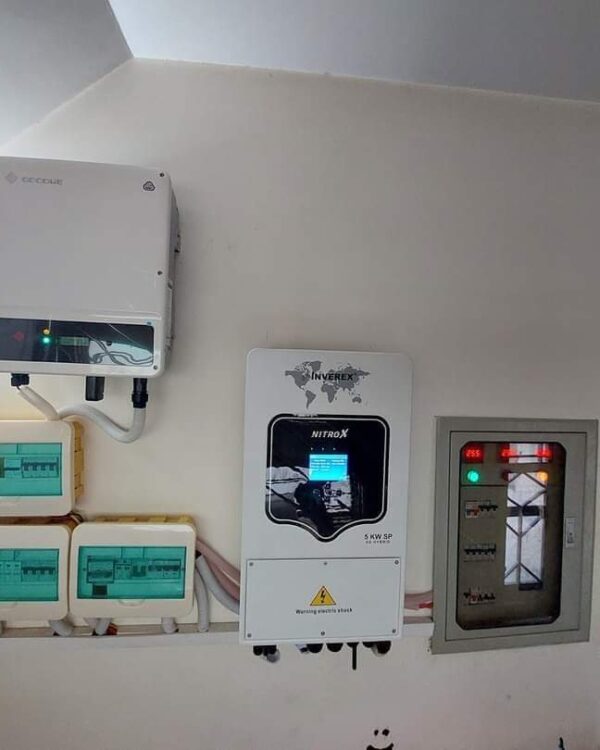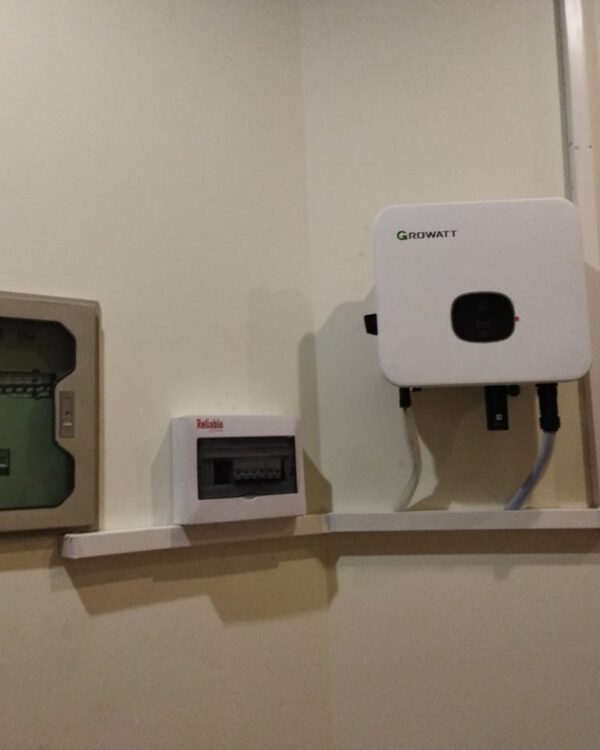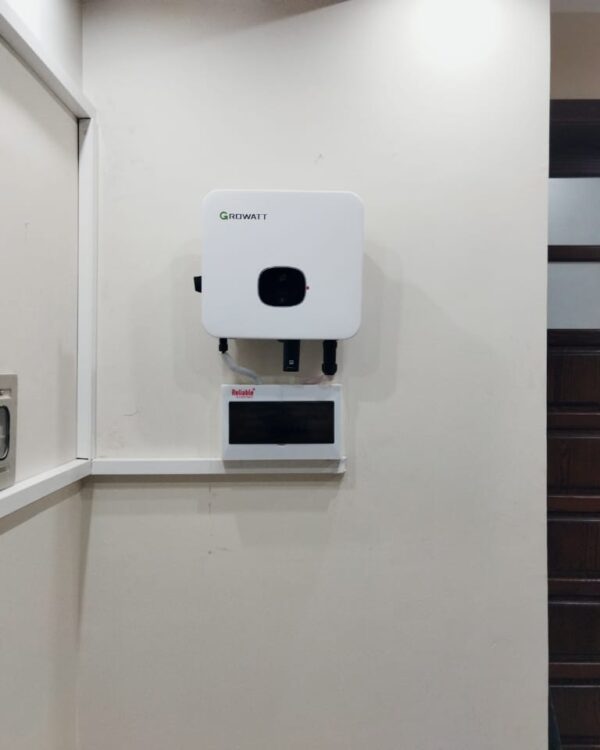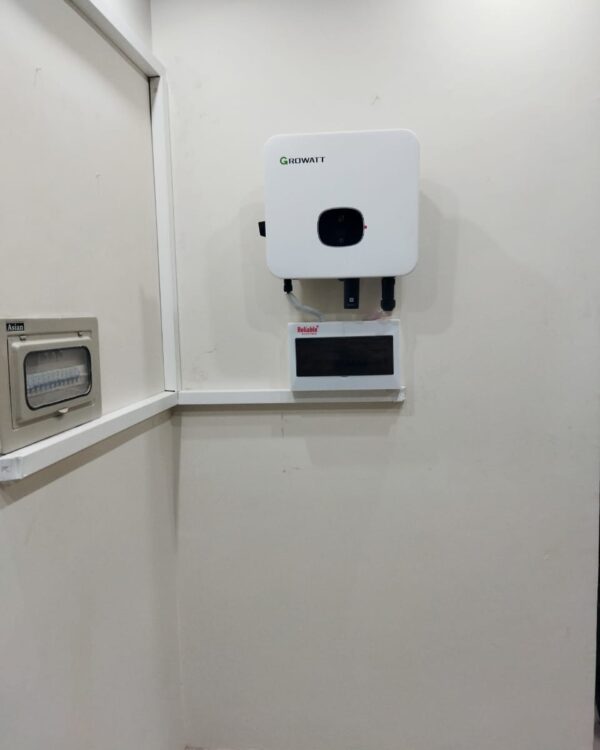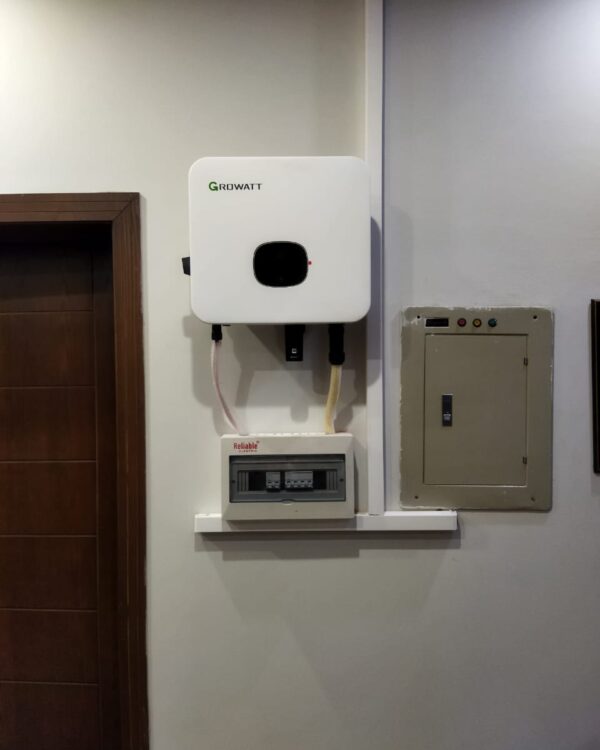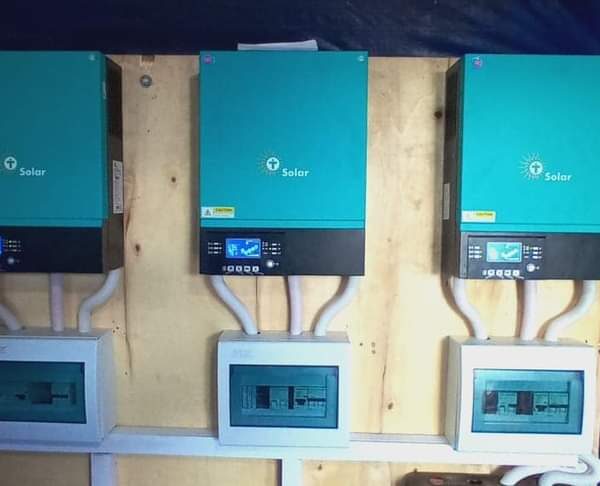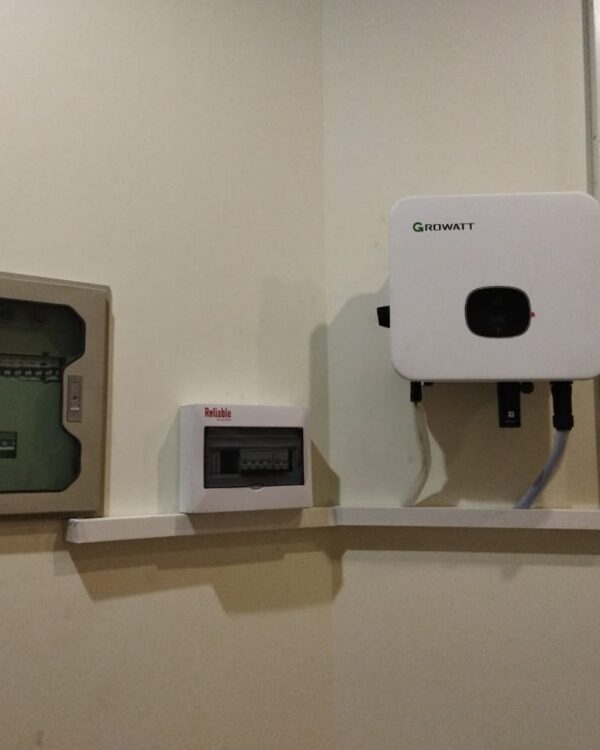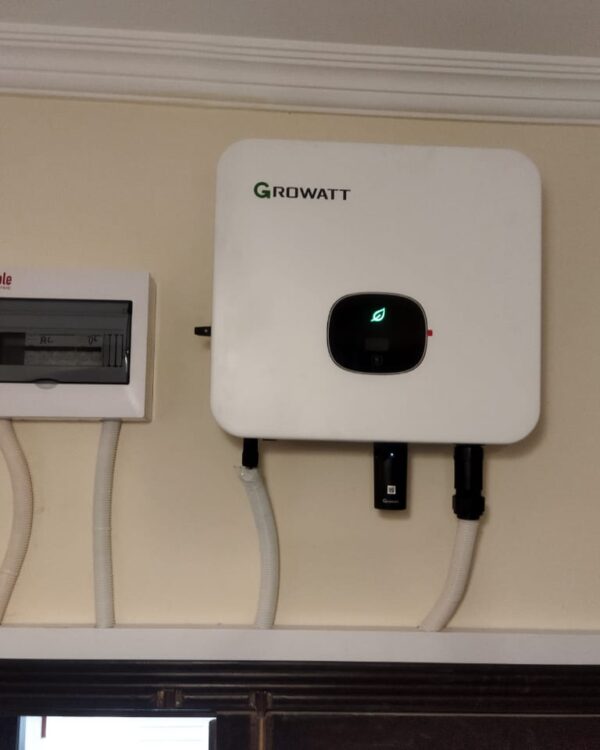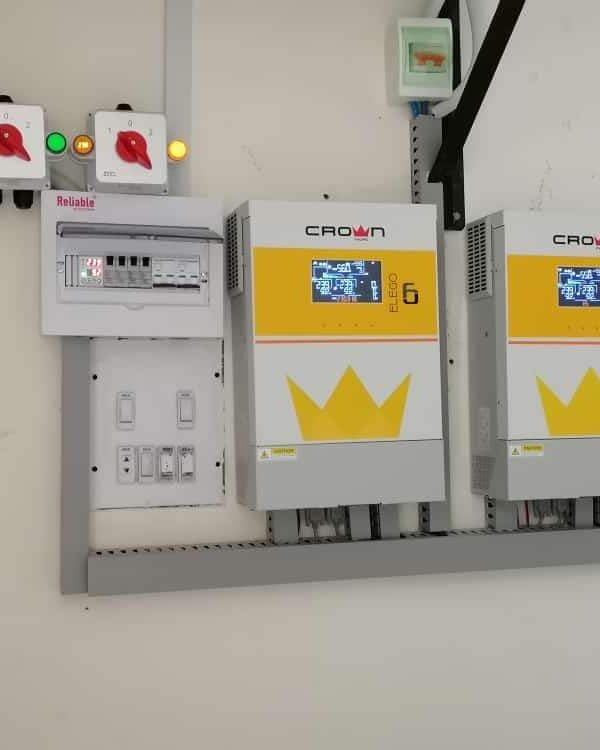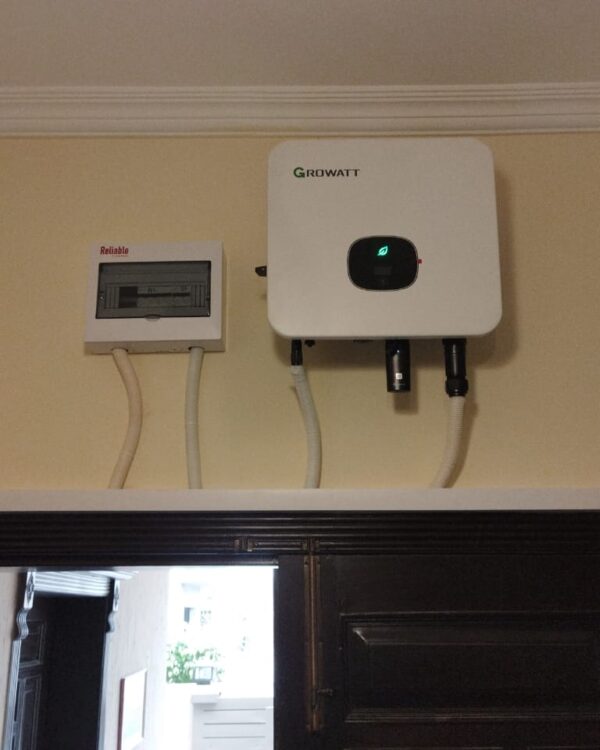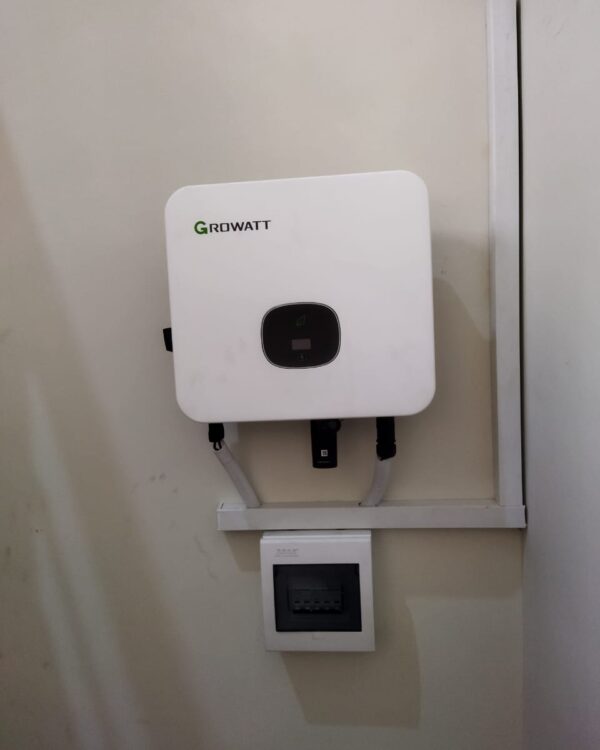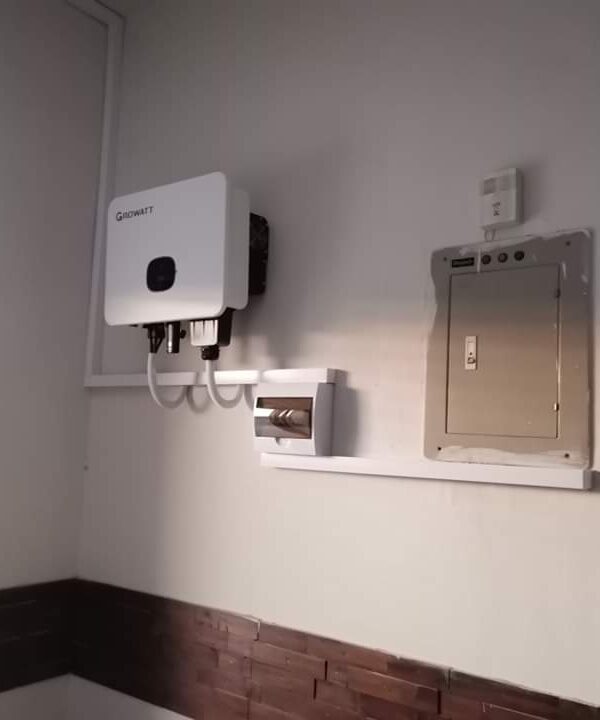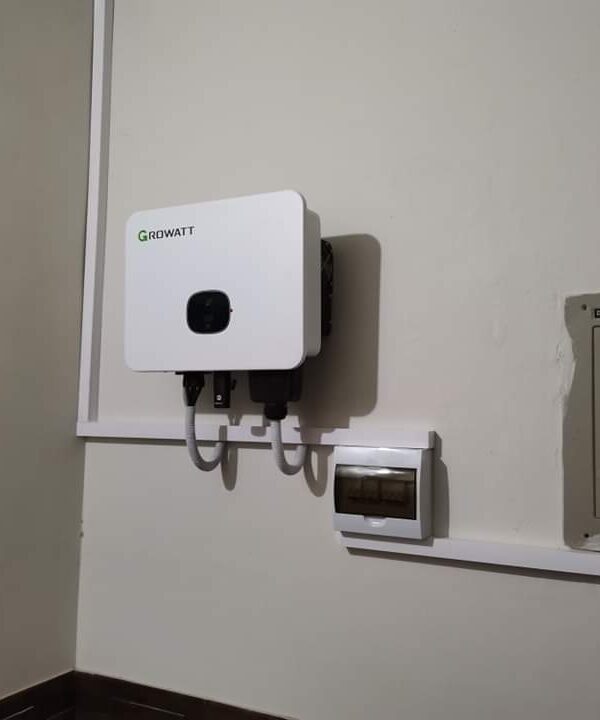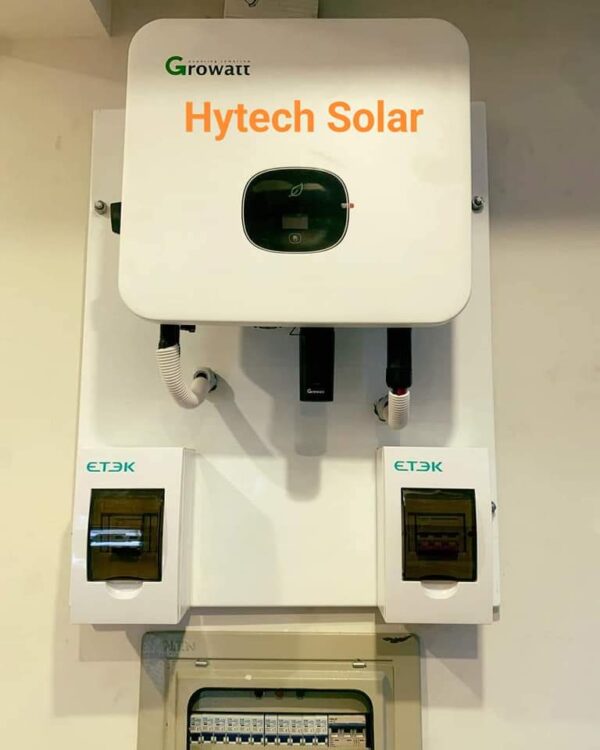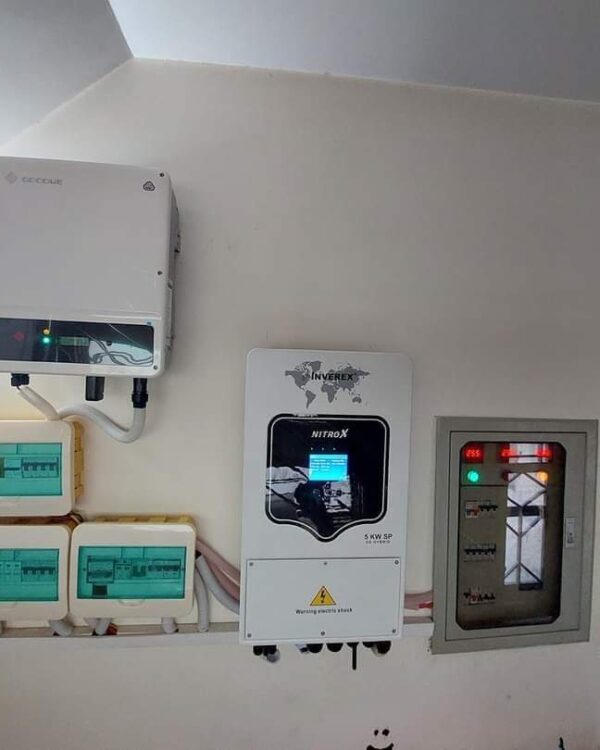On-Grid Solar System: Clean and Sustainable Energy Solutions in Pakistan
Overview:
Finding clean and renewable energy sources is becoming increasingly important as global energy demand grows. On-grid solar systems are a favored solution to this problem since they provide a clean, sustainable, cost-effective power source. On-grid solar systems have the potential to transform the energy landscape and provide a sustainable source of power to Pakistani individuals and companies, where energy shortages and a lack of access to dependable electricity are constant challenges. This essay will explain what on-grid solar systems are and how they work. We will also investigate the prices of these solar systems in Pakistan and the regulations that encourage their use.

What Is An On-Grid Solar System?
On-grid solar systems, also known as grid-connected or grid-tied systems, are solar power systems connected to the electrical grid. This system converts the sun’s energy into electricity using photovoltaic (PV) panels installed on the roof or ground. The electricity generated by the PV panels is then sent to the inverter, which converts direct current (DC) power into alternating current (AC), which may then be used to power homes, businesses, and other electrical equipment.
Solar panels turn sunlight into electrical energy. That electrical energy is DC in nature and must be converted to AC in order to power the load. The excess energy is sold to the Distribution Company (DISCO). This is by far the most convenient solar system, saving you money on batteries because on-grid systems do not require them.
How On-Grid Solar System Works
PV In an on-grid solar system, panels generate power, which is then transported to the inverter. The inverter converts direct current (DC) electricity into alternating current (AC), which is then used to power homes and other electrical devices. Any excess electricity produced by the system is sent back into the grid.
The amount of electricity produced by PV panels is governed by the amount of sunlight received. As a result, backup links to the electrical grid are frequently included in on-grid systems to ensure a continuous supply of power during periods of low sunlight or high demand.
On-Grid Systems In Pakistan
Pakistan has a large solar energy potential, with an estimated 2.9 million megawatts accessible. Despite this potential, the country has failed to satisfy its energy demands, and many people continue to lack dependable access to power.
On-grid solar systems provide a solution to this challenge by delivering a clean and sustainable source of electricity that can assist minimize reliance on non-renewable energy sources. These systems are gaining popularity in Pakistan, particularly in rural regions with limited access to energy.
Pakistan’s government has also seen the potential of on-grid solar systems and has created a number of regulations to encourage their use. The Alternative Energy Development Board (AEDB), for example, has implemented net metering laws, which allow families and companies to sell excess power back to the grid.
